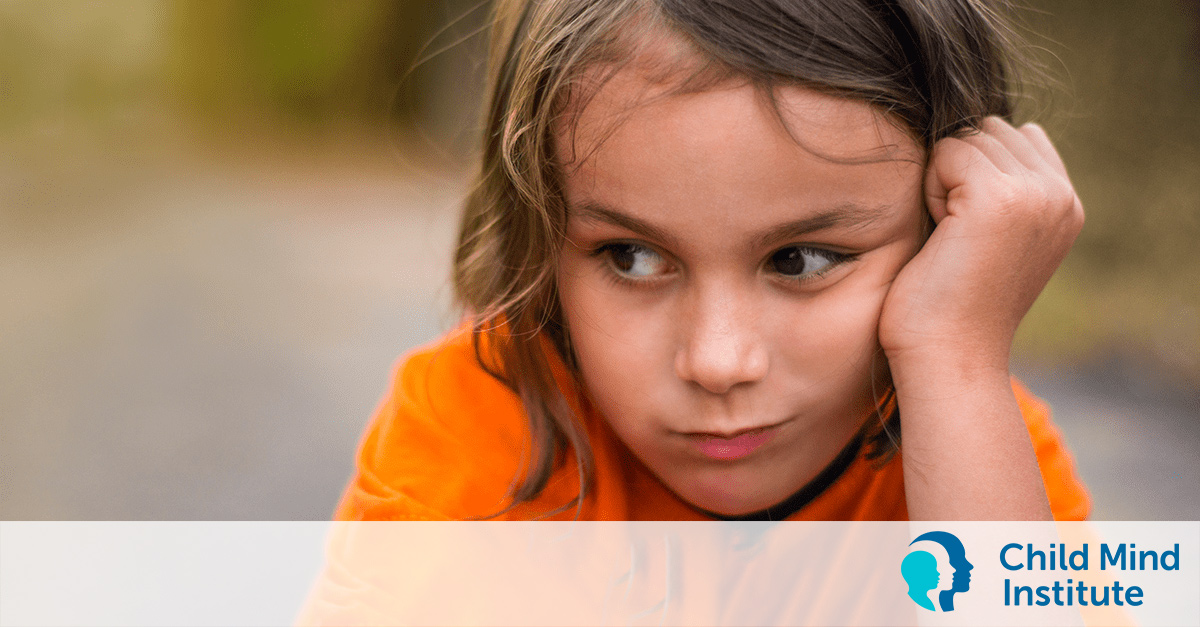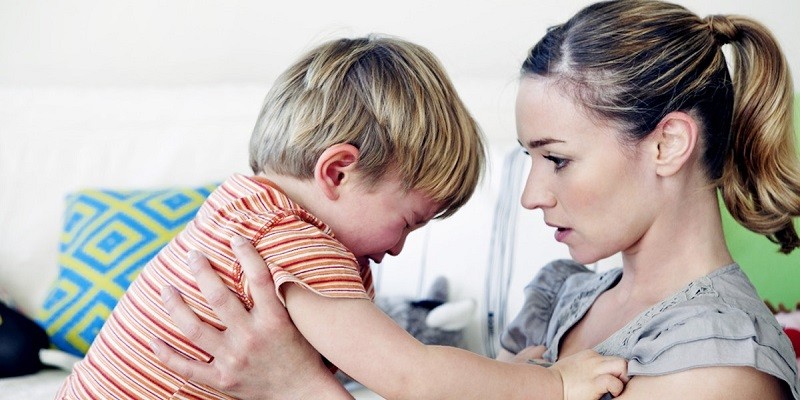November 16, 2023 by Marjorie R. Rogers, MA (English), Certified Consultant
To help a dysregulated child, remain calm, show empathy, increase self-awareness, and guide them through sensory experiences and calming strategies. It is crucial to provide support, encouragement, and a sense of care and understanding as they learn to regulate their emotions.
Additionally, setting clear expectations and following consistent routines can help prevent dysregulation in children. Offering activities like outdoor play or water play can also be soothing for the child. Mindfulness exercises and guided meditations are effective techniques in promoting self-regulation.
Children who have experienced early adversity may struggle with emotional regulation, so it is important to provide extra support and understanding. Parents, teachers, and caregivers all play a vital role in helping children manage their emotions effectively.
Dysregulation In Children
To help a dysregulated child, it is important to stay calm, show empathy, and guide them through sensory experiences and calming strategies. By providing support and encouragement, children can feel cared for and understood as they learn to regulate their emotions.
Additionally, establishing clear expectations and consistent routines can help prevent dysregulation in children.
Definition Of Dysregulation In Children
Dysregulation in children refers to a difficulty in effectively managing and controlling one’s emotions, behavior, and responses to various stimuli. It is characterized by an imbalance in the regulation of emotions, leading to either overreacting or underreacting to situations.
Causes And Triggers Of Dysregulation
The causes of dysregulation in children can vary and may be influenced by various factors. Here are some common causes and triggers:
- Early adversity and trauma
- Genetic predisposition
- Neurodevelopmental disorders such as ADHD or autism spectrum disorder
- Environmental factors, such as chaotic or inconsistent routines
- Sensory overload or hypersensitivity to sensory stimuli
- Stressful or challenging situations
Impact Of Dysregulation On Children’s Behavior And Emotions
Dysregulation can have a significant impact on children’s behavior and emotional well-being. It can manifest in various ways, including:
- Intense emotional reactions, such as anger, frustration, or sadness
- Inability to self-soothe or regulate emotions independently
- Impulsivity and difficulty controlling impulses
- Difficulty focusing and maintaining attention
- Struggles with social interactions and forming relationships
- Changes in sleep patterns
These challenges can affect a child’s overall functioning, academic performance, and overall quality of life.
Strategies To Help Dysregulated Children
To help a dysregulated child, it’s important to stay calm and empathetic, guiding them through sensory experiences and calming strategies. Show support and encouragement, helping them feel cared for and understood as they learn to regulate their emotions.
Creating A Calm And Safe Environment
One of the most important strategies for helping dysregulated children is to create a calm and safe environment for them. This can be achieved by:
- Providing a quiet space where they can retreat and relax
- Removing any triggers or distractions that may contribute to their dysregulation
- Establishing consistent routines and clear expectations, as this can help children feel secure and reduce their anxiety
By creating a calm and safe environment, you are providing a supportive foundation for the child to begin regulating their emotions.
Practicing Empathy And Emotional Support
Showing empathy and providing emotional support is crucial in helping dysregulated children. Some strategies to practice empathy and emotional support include:
- Listening to the child without judgment and giving them space to express their emotions
- Validating their feelings and letting them know that it is okay to feel the way they do
- Offering reassurance and understanding, letting them know that you are there for them
By practicing empathy and emotional support, you are helping the child feel heard and understood, which can aid in their emotional regulation.
Developing Self-awareness In Children
Helping dysregulated children develop self-awareness is another effective strategy. Here are some ways to promote self-awareness in children:
- Encouraging them to identify and label their emotions
- Teaching them to recognize the physical sensations that accompany different emotions
- Helping them understand the triggers that lead to their dysregulation
By developing self-awareness, children can gain insight into their emotions and learn to recognize warning signs of dysregulation, leading to better self-management.
Guiding Children Through Sensory Experiences
Dysregulated children often have difficulty processing sensory information, which can contribute to their emotional dysregulation. Some strategies for guiding children through sensory experiences include:
- Creating a sensory-friendly environment by providing sensory tools and resources
- Engaging in sensory activities such as deep pressure techniques or sensory play
- Supporting the child in identifying sensory triggers and developing coping strategies
By guiding children through sensory experiences, you are helping them regulate their sensory input and manage their emotions more effectively.
Teaching Calming Strategies
Teaching calming strategies is essential for dysregulated children to learn how to self-soothe and regulate their emotions. Some effective calming strategies include:
- Deep breathing exercises
- Progressive muscle relaxation
- Mindfulness and meditation techniques
- Engaging in physical activities or hobbies that help release pent-up energy
By teaching calming strategies, you are empowering dysregulated children with practical tools to calm themselves down and regain control over their emotions.
Establishing Routines And Clear Expectations
To help a dysregulated child, it is important to establish routines and clear expectations. By providing structure and consistency, children can feel more secure and develop a sense of control. This can be done by creating a predictable daily schedule, setting clear boundaries, and consistently enforcing rules.
Importance Of Consistent Routines For Dysregulated Children
Consistent routines play a crucial role in helping dysregulated children manage their emotions and behaviors effectively. The predictability and structure provided by routines create a sense of stability and security, which are essential for these children to feel safe and regulated. When routines are established and followed consistently, dysregulated children are better able to anticipate what comes next and understand what is expected of them. This reduces their anxiety and promotes a sense of control, allowing them to focus on self-regulation.
Setting Clear Expectations And Boundaries
Clear expectations and boundaries are vital for dysregulated children as they provide them with a framework to understand appropriate behaviors and limits. By setting clear expectations, parents and caregivers create a structured environment that fosters a sense of safety and understanding for these children. When expectations are communicated in a direct and consistent manner, dysregulated children can establish a sense of predictability and develop an understanding of what is acceptable and what is not. Clear boundaries also serve as a guide, helping dysregulated children understand the consequences of their actions and allowing them to safely explore their emotional boundaries.
Creating A Visual Schedule
A visual schedule is an excellent tool for dysregulated children to understand and follow routines. Table showing a visual schedule
Incorporating Sensory And Self-regulation Activities Into The Routine
Incorporating sensory and self-regulation activities into the daily routine can greatly benefit dysregulated children. Table with examples of sensory and self-regulation activities
By consistently adhering to routines, setting clear expectations and boundaries, implementing visual schedules, and incorporating sensory and self-regulation activities into the routine, parents and caregivers can provide dysregulated children with the structure and support they need to regulate their emotions and behaviors effectively. Understanding the importance of these practices is key to helping dysregulated children thrive and develop healthy coping strategies.

Credit: childmind.org
Frequently Asked Questions On How To Help A Dysregulated Child?
What Causes Dysregulation In Children?
Dysregulation in children can be caused by early adversity, which affects their ability to process and regulate emotions. This can lead to suppressed or intensified emotional expression, potentially resulting in mood disorders later in life. Helping dysregulated children involves staying calm, showing empathy, and guiding them through sensory experiences and calming strategies.
Consistent routines and clear expectations can also help prevent dysregulation. Caregivers, including parents and teachers, play a crucial role in helping children manage their emotions.
How Do You Deal With An Emotionally Unstable Child?
To deal with an emotionally unstable child, stay calm and show empathy. Help them become self-aware and guide them through sensory experiences and calming strategies. Be supportive and encouraging, making them feel cared about, valued, and understood. Consistent routines and clear expectations can also help prevent dysregulation.
Additionally, try mindfulness exercises and offer guided meditations.
At What Age Can You Self Regulate?
Children can start developing self-regulation skills as early as infancy, but it is a gradual process that continues throughout childhood. By the age of 2 to 3 years old, children begin to learn basic self-control, such as sharing toys and taking turns.
However, full self-regulation abilities, including managing emotions and impulses, typically develop around the age of 5 to 7 years old.
Who Helps Kids With Emotional Regulation?
Parents, teachers, and caregivers help kids with emotional regulation by providing support and guidance. They can stay calm, show empathy, and help children become self-aware. Sensory experiences and calming strategies are used to guide kids through regulation. Consistent routines and clear expectations also aid in preventing dysregulation.
How Can I Help A Dysregulated Child Who Cannot Respond To Logic Or Reason?
Do not try to talk to them because they cannot respond to logic or reason. Instead, stay calm, show empathy, help them become self-aware, and guide them through sensory experiences and calming strategies. Be supportive and encouraging. (Source: How To Help A Dysregulated Child – Expert Advice)
How Can I Support A Dysregulated Child’s Self-regulation Difficulties?
You can support a dysregulated child’s self-regulation difficulties by coaching them to slow down and calmly respond to situations rather than being impulsive. Patience and understanding are key. (Source: How To Help A Dysregulated Child – Expert Advice)
Conclusion
Supporting a dysregulated child requires staying calm, showing empathy, and helping them become self-aware. Sensory experiences and calming strategies can guide them towards regulation. Clear expectations and consistent routines also help prevent dysregulation. Additionally, coaching them to slow down and respond calmly to situations promotes emotional regulation.
Practicing mindfulness exercises and offering guided meditations can further assist in their journey towards self-regulation. Remember, by providing support, understanding, and care, we can help dysregulated children feel valued and cared for as they learn to regulate their emotions.
About Author (Marjorie R. Rogers)
The inspiring mum of 6 who dedicates her time to supporting others. While battling with her own demons she continues to be the voice for others unable to speak out. Mental illness almost destroyed her, yet here she is fighting back and teaching you all the things she has learned along the way. Get Started To Read …


